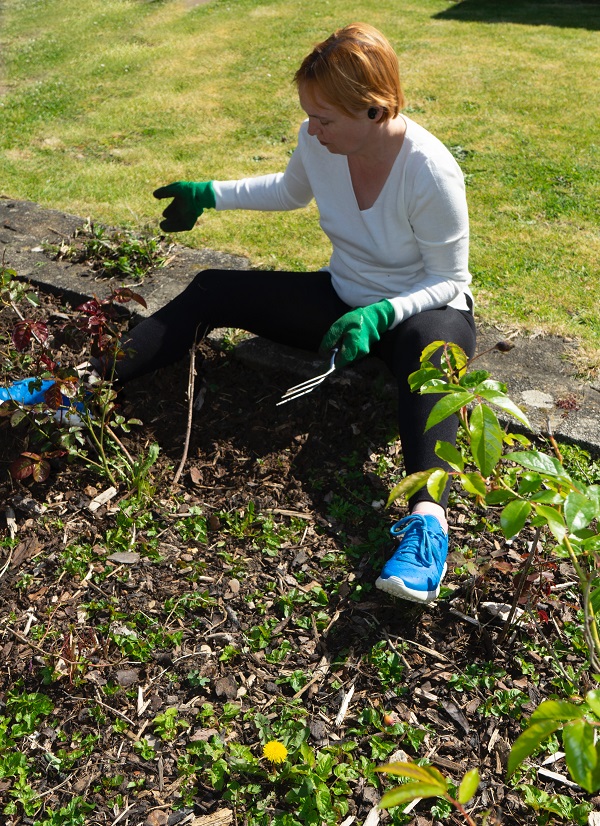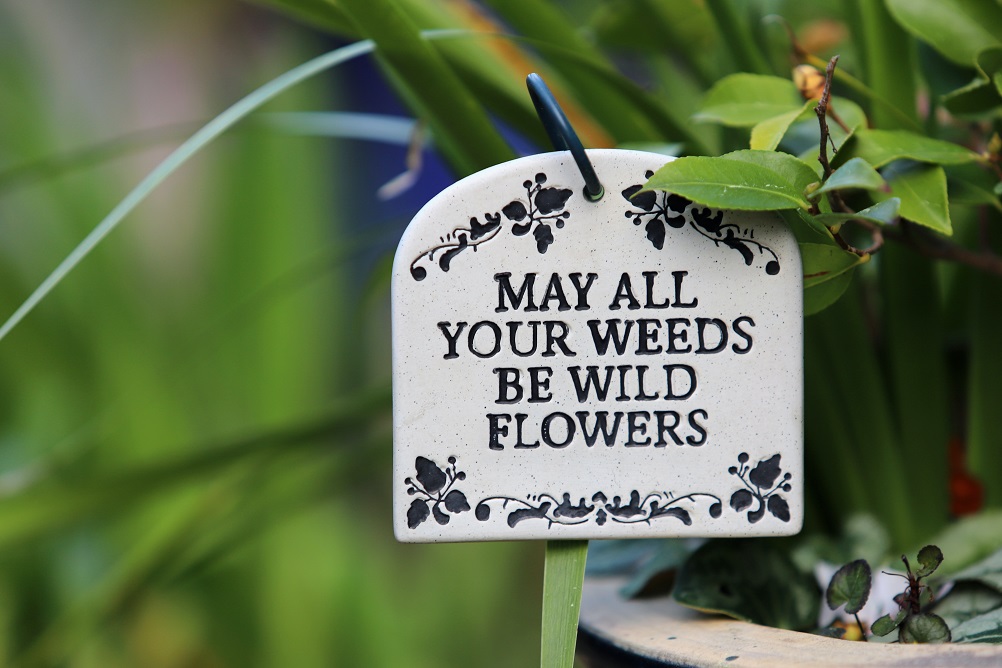
Kill Weeds, Not the Environment
Weeds are a nuisance to any gardener, whether you keep flowers as a hobby or grow your own food. Even if you’re simply trying to maintain a lawn, they get in the way. Pulling one weed invites three others, like the mythical hydra from Greek legends.
Still, you can’t leave them growing wild and free. What’s the solution? Many weed-killer products on the market do kill weeds. They also harm other plants and the environment. Don’t feel as if those are your only choices. You don’t have to harm the environment or put your other plants and crops at risk just to get rid of your weeds. In this article, you’ll learn why many of those products are dangerous and how to safely and effectively kill weeds in other ways.
Why Are Chemical Herbicides Dangerous?
Many of the most popular weed killers, like Roundup, use a chemical called glyphosate. Initially, most people believed that Roundup and its ingredients were not harmful to humans or animals. Subsequent research showed otherwise.
Roundup containing glyphosate went off the market for residential use in 2021, but its lessons persist. It was hardly the only chemical weed killer sold in stores. If you can handle something naturally, without risk to yourself, wildlife, or the environment – try it!
The Best Natural Methods for Killing Weeds
So, you’ve decided against bringing home a weedkiller from the local hardware store, but you still have unwanted guests in your garden. How do you get rid of them safely and effectively? Just try these methods to keep those weeds at bay.
Homemade Weed Killer
There are dozens of recipes floating around for DIY weedkillers. Many use some combination of dish soap, vinegar, or salt. Application and effectiveness vary depending on how well-established the weeds are and how often you apply the solution. The following recipe is a good place to start.
- 1 gallon of vinegar
- 1 oz of dish soap
- 1 cup of salt
Mix the ingredients and apply directly to the unwanted vegetation.
Why is it effective? Vinegar burns the weeds. Roots absorb salt, causing them to wilt and die. Meanwhile, dish soap acts as a binder.
Vinegar solutions are typically the most effective on young weeds. Once they have a well-established root system and have really taken hold, you might have to try other measures to eradicate them.
Soil Solarization
Soil solarization is an excellent way to ward off weeds, insects, and other things that negatively impact your plants. You can follow along with Stoney Creek Farm’s tutorial for soil solarization. The process is simple, and you’ll just need a clear plastic tarp to get started!
Why does soil solarization work? It heats the soil and decreases the presence of unwanted bacteria, bugs, and undesirable vegetation. It’s highly effective at preventing the growth of new weeds and you’ll see substantially less unwanted growth in properly solarized soil.
Use Mulch
Instead of spraying on something meant to kill weeds, focus your efforts on preventing their growth in the first place. Mulch is a fantastic way to do this. It essentially smothers the seeds of undesirable weeds and grass, preventing them from getting the air and sunlight they need to grow.
Mulch isn’t a permanent solution and it requires some upkeep. As it breaks down, you’ll need to add more to keep it effective. However, you won’t need a lot of it, and there are plenty of inexpensive options out there. Wood chips, bark, grass, straw, and more can all serve as mulch (or part of a mulch blend).
Boiling Water
Sometimes, plain water will do the trick better than any other concoction. Boiling water will absolutely kill weeds. Unfortunately, it’ll do the same thing to just about any other plant it touches, too. If you’re using boiling water, do it carefully. You don’t want it to run too far and take out a beloved plant instead of the dandelion you can’t seem to get rid of.
This method is best if you have a lot of weeds growing apart from other valuable plants. For instance, if you can’t seem to keep them away from the edge of your gardening bed or, perhaps, the perimeter of your lawn. Apply boiling water as directly to the plant as possible and it will do the rest.
Pulling Weeds
All the DIY weed killer and mulch in the world doesn’t erase the fact that, sometimes, you just have to pull the weeds. Hand-weeding isn’t a glamorous job, but it is probably unavoidable. The best thing to do is start early and do it often because it’s much easier to pluck up a newly formed weed than to dig into the long root system of an established one.
Various devices out there make hand weeding a lot easier. Some designs specifically target plants like dandelions, whereas others are for general weeding purposes. If you have a garden (or even just a yard you want to maintain), a tool could lessen the burden of pulling weeds by hand!
Ground Cover
Certain ground cover plants are highly effective at preventing weed growth. You can plant them for certain seasons to keep weeds at bay. For instance, planting oats in spring will keep those seasonal weeds at bay, while winter wheat can quell the rise of any fall pests. For cover with a dash of color, you can also try periwinkle to choke out unwanted weeds.
Final Thoughts
Weeds are inevitable. You’ll have to address them to maintain a healthy, cleaned-up garden. You can do so naturally and avoid causing any damage to the environment, your other plants, or animals within the ecosystem.
For more gardening, homesteading, and sustainability tips, head over to Stoney Creek Farm. We regularly host other events and classes, post helpful videos on YouTube, and more. Also, check out our Sustainable Farm Conference on October 7th, so be sure to join us and learn more about organic and self-sufficient practices!


